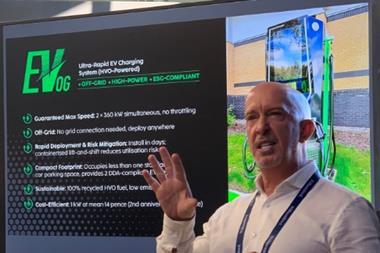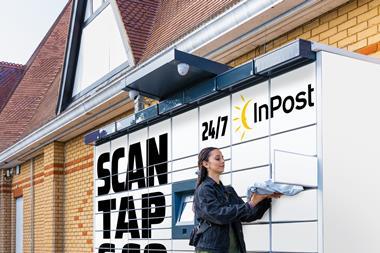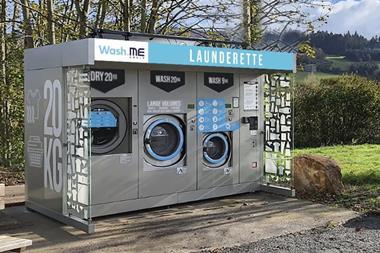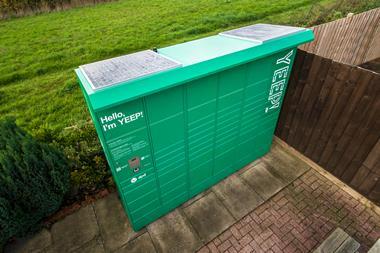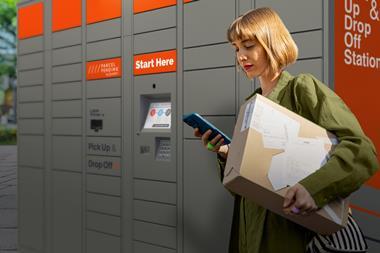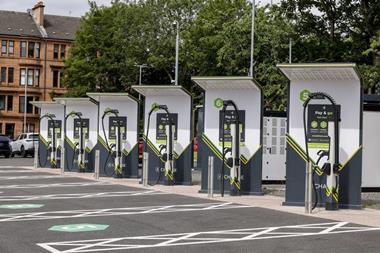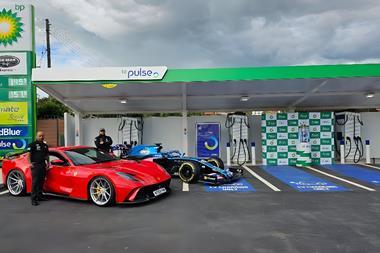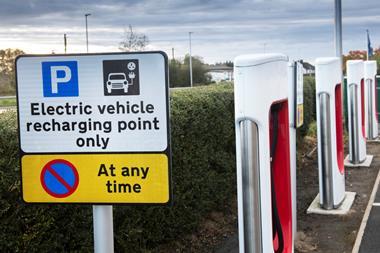
The ways in which accessibility to electric vehicle charging is being measured and assessed is leading to ‘confusion and disappointment’ within the industry and among drivers, according to an industry expert.
Stuart Douglas, managing director, PoGo Charge, an EV charging company that is working with commercial property companies to create EV charging hubs at retail sites, also warns that companies should bring greater transparency and honesty to the conversation to protect the reputation of the infrastructure providers.
“Accessibility is something to be delivered for the many, not the few, but is rapidly becoming the new flagpole around which some businesses within our sector are keen to pin their colours,” he explained.

Stuart believes that accessibility should be rooted in delivering an exceptional customer experience that everyone, regardless of their individual needs, can enjoy: “While to some, accessibility is seen only through the comparatively narrow lens of a Blue Badge, I think it is much bigger than that. It shouldn’t be about paying lip service to best practice or ticking a box for regulatory compliance to a specific Guideline or Act, simply to put a logo on a website.
“Of course, charging bays need to be physically accessible, and all drivers should be given more space where the environment and local conditions allow,” he said. ”But to my thinking, accessibility should not be limited to the physical space. It’s also about choosing the most accessible technology, the right equipment, and the right payment methods so that no-one is excluded.”
Stuart also says that there needs to be much greater understanding of the guidelines and what is and isn’t possible: “While the desire to create fully accessible spaces is always there, it is not always within the gift of the charge-point operators to achieve it,” he explains.
“Not every site allows for full accessibility, perhaps because of existing bollards or kerb structures, for example, but what we should all promise is to be informed by guidance from PAS 1899:2022 and ChargeSafe, to incorporate their requirements into the design areas that are within our control.
“In doing so, our industry can make the charging experience better, safer, and more enjoyable for all.”





















